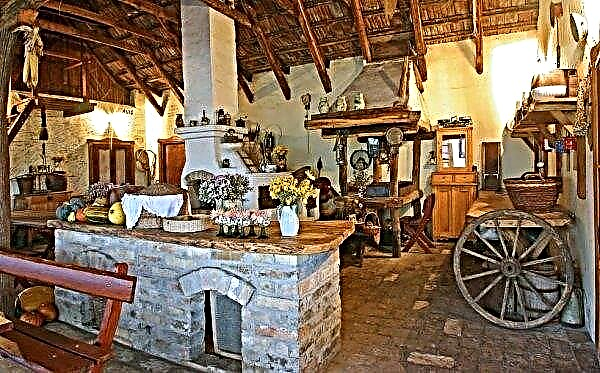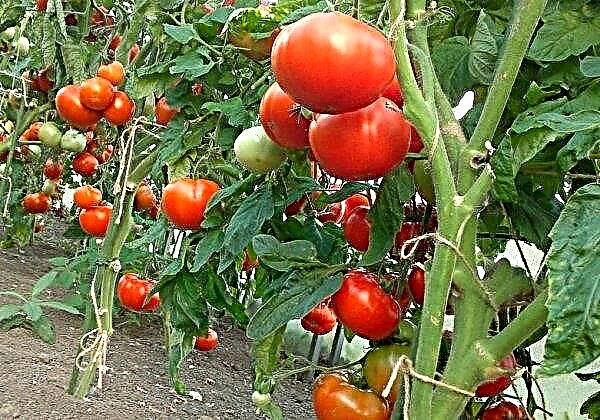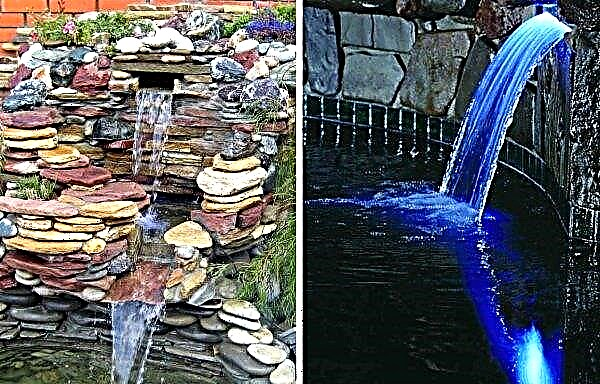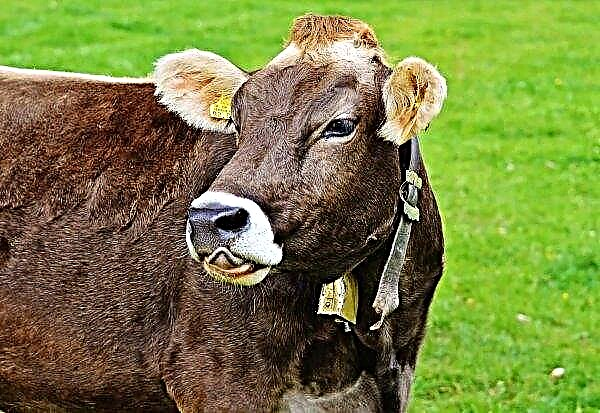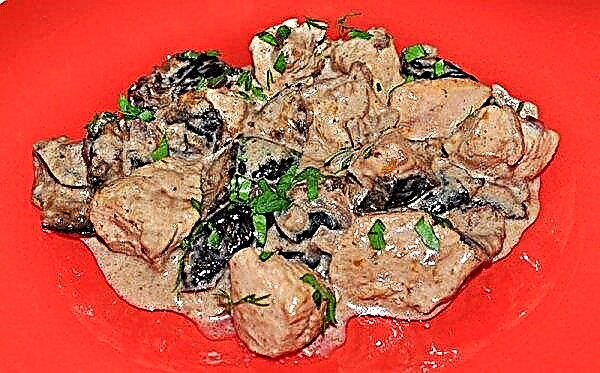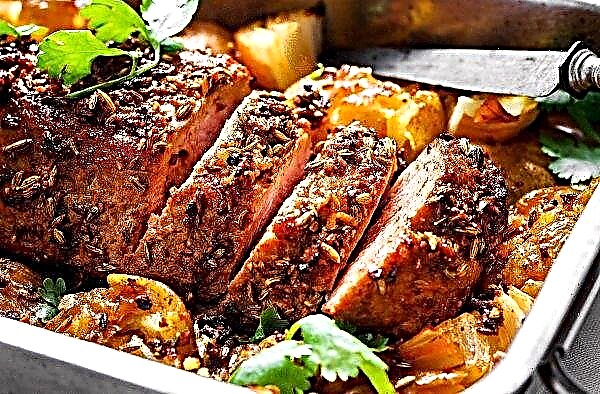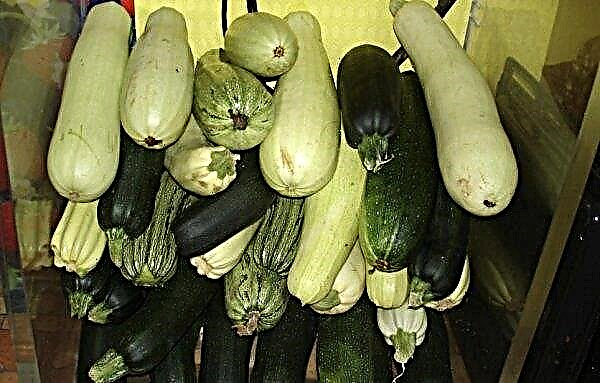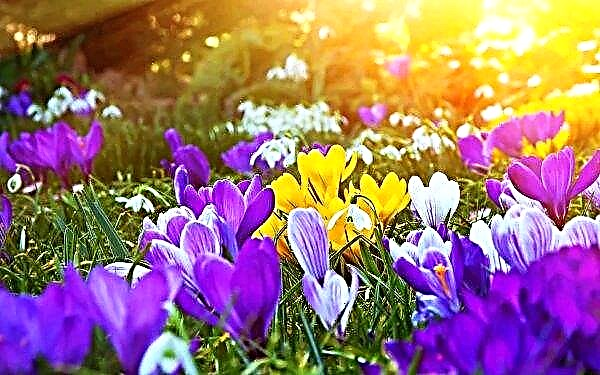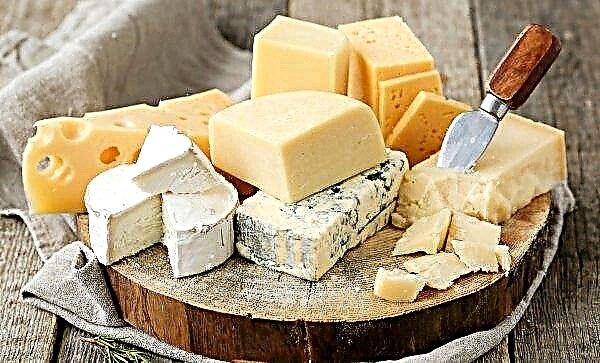In recent years, more and more farmers have been moving away from traditional schemes for growing cultivated plants, switching to high-tech farming. One of its main elements is a greenhouse equipped on the site, with which you can create a unique microclimate for plants.
There are many varieties and types of these structures, but not every farmer can skillfully determine their advantages and possible disadvantages. This article will describe in detail the basic properties, as well as the features of the construction of the Kremlin Tale greenhouse.
Design features of the Kremlin Tale greenhouse
The appearance of the Kremlin Tale on the greenhouse market caused a real stir. First of all, it is distinguished by its shape, as well as special parameters that allow you to create not only a solid, but also quite aesthetic structure. This makes it possible to use the greenhouse in any conditions, as well as ideally fit it into the garden landscape.

Advantages
Thanks to the serious approach of the developers, the design of the “Kremlin Tale” received many unique technical solutions.
- This made it possible for the construction to acquire the following advantages:
- reinforced strength of the roof and walls;
- the perfect combination of lightness and reliability (thanks to the use of polycarbonate);
- all nodes contain a minimum of elements, which allows assembly with a minimum set of technical skills;
- can be installed without a stationary foundation;
- maximum free space inside the structure;
- straight walls allow you to mount side shelves along the entire length;
- The Kremlin Tale has several points of air intake at once, which creates optimal air circulation and a microclimate;
- high mobility, the design can be instantly assembled and disassembled;
- Guaranteed service life of at least 30 years.

Disadvantages
Despite the abundance of positive characteristics, the Kremlin Tale has some drawbacks.
- They include the following:
- arches of roof arches may not be joined; it is possible to solve the problem only manually, but this will require not only a specialized tool, but also a lot of effort;
- often the manufacturer does not understaff the greenhouse with fasteners, which requires additional costs;
- some models can be delivered with thin profile pipes - this reduces the cost of the greenhouse, but negatively affects its strength and durability.
Important! To protect against the disadvantages described above, products of dubious production should be avoided. The greenhouse from eminent and trusted companies is almost always devoid of such problems.
Selection of the best greenhouse option
The effectiveness of the greenhouse, first of all, depends on the selection of the best option for its design. To do this, it is imperative to determine for what purposes it will be used, and what is planned to be placed inside. The calculation of the most appropriate size of the structure, as well as the selection of the best material for lining, depends on this.
Sizing
If you plan to engage in crop production as a hobby, the basis of which will be obtaining seasonal fruits, green herbs and flowering plants, you can start from the minimum size of the structure. In this case, a structure of 2.5 × 2 × 2.1 m (L × W × H) will function successfully. In addition, this option is optimal for all owners of small plots.

When the dimensions of the garden allow you to install a larger structure, you can use the standard model, dimensions 3.5 × 3 × 2.1 m (L × W × H). If you plan to use a greenhouse to conduct a private household or small business, with an automated irrigation system, you can get a larger model. The following dimensions are considered the best dimensions for this: 6 × 4 × 2.1 m (L × W × H).
Important! Greenhouses with a size of one of the sides more than 6 m in summer cottages are not recommended. Maintenance of large structures is more time consuming and requires mechanized solutions, so it’s better to install several small or secondary facilities.
Coverage selection
There are several varieties of cover for greenhouse houses. The most famous and widespread is glass - this material is environmentally friendly, has excellent light transmission and insulating properties. Its main disadvantages are high cost, impressive weight and fragility, so in recent years, most manufacturers have abandoned it.
Polycarbonate has the best combination of price and quality. It is a transparent thin sheets of plastic with a variety of hollow cells. This gives the material lightness, but at the same time, strength and good thermal insulation properties. Polycarbonate has good flexibility, so it allows you to build a high domed roof.

To reduce the cost of the greenhouse, film materials can be used as a coating. The cheapest option will be a simple plastic film, it can be with a reinforcing mesh and without. However, such a coating is not resistant to ultraviolet radiation, therefore, it will require annual replacement.
The best heat-insulating properties and weather resistance are possessed by spanbond - non-woven dense polymeric material. It can last up to 5 years, but is only suitable for wall cladding, as it is almost completely unable to transmit sunlight.

How to assemble a greenhouse with straight walls with your own hands: step-by-step instructions
Assembling a greenhouse often does not cause any difficulties. Each model of the “Kremlin Fairy Tale” is a pre-fabricated structure, therefore, for its construction it will take only a few hours of hard work. At the same time, the entire installation process should be divided into several successive stages: the creation of a base (foundation), the assembly of the frame and the lining of the walls and roof.
Did you know? The oldest operating greenhouse in the world is the Temperate House Greenhouse, located in the Royal Botanic Gardens of Great Britain. The construction was laid back in 1859 and has an area of 48,000 m².
Foundation selection
The construction of any structure necessarily requires a foundation. It will keep the bulk of the greenhouse, protecting its integrity. Traditionally, the foundation is prepared in the form of a monolithic concrete structure, with a depth of 50 cm and a width of 20-30 cm. As an alternative, they use masonry made of bricks or foam concrete blocks, as well as a dense wooden beam.

You can do without a capital base: the Kremlin Tale can be delivered with special supports made of metal pipes. They are fixed at the corners of the lower part of the walls and are installed directly on the ground.
You can replace them with small concrete, brick or wooden columns. The main advantage of such a structure is the minimum labor cost for installing the greenhouse, as well as the possibility of dismantling it at the end of the summer season.
Frame assembly
The assembly of the greenhouse is practically no different from the construction of other temporary structures from profile pipes:
- First, all the necessary components of the technical units are sorted into roof elements and side walls, and then they are assembled.
- The first to mount the sidewalls - for this it is necessary to connect the elements of the longest walls and install them parallel to each other, connecting the spacers.
- After that, you should collect the end walls, then attach them to the previously installed sidewalls.
- As soon as the lower panels are assembled, along their perimeter it is possible to install longitudinal and transverse beams and additional elements of hardening: crosses, corners, etc.
- In conclusion, you should install the roof arcs: they are pre-assembled, and then sequentially attached to the base and connected together by horizontal profiles.

- After collecting the frame, a doorway should be built, and then on the metal curtains to install a door frame on it.

Frame cladding
Sheathing of the frame is performed upon completion of installation of the structure. As mentioned above, for these purposes, you can use glass, polycarbonate or all kinds of films. The most optimal choice is a polycarbonate greenhouse, while films are used in the construction of one-season or temporary structures.
Important! The distance between perpendicular and horizontal racks should be no more than 60 cm, otherwise the strength of the greenhouse will decrease significantly.
They begin the process with roof sheathing, and then gradually proceed to the refinement of each side. The door leaf is often sheathed in the last turn, however, this rule is unspoken, this can be done at any stage of the construction. Polycarbonate is fixed using a roofing screw with a rubber washer, for this, holes are made in the profile pipe of the frame and in plastic. The joints of the sheets are sealed with a connecting strip.

The polyethylene film is attached in the same sequence as polycarbonate, while it is connected to the base using a special zigzag clamp or small self-tapping screws with a rubberized washer. When covering the house with spanbond, the material is attached only to the sides, the roof is made of polycarbonate or transparent polyethylene.
Video: Assembly instruction for the Kremlin Tale greenhouse
Greenhouse Care and Maintenance Tips
In order to provide the Kremlin Fairytale greenhouse with a long and uninterrupted operation, you need to resort to the following measures:
- in the off-season, it is mandatory to conduct a routine inspection of all technical nodes and connections;
- periodically check all bolted joints for strength;
- at the end of the season, remove all vegetation residues and other pollutants from the structure and its surfaces;
- if possible, open the roof dome for the winter or dismantle its casing, this will almost completely protect the building from damage by snow masses;
- once every 1-3 years, treat metal elements from the effects of corrosion.
Did you know? First greenhouse modern look was built in 1240 by the German scientist Albert Magnus. Its creation was timed to coincide with the visit of the King of Holland Wilhelm to the city of Cologne, where it was built.
The Kremlin Tale is a great option for professional and private farming. It allows you to create a multifunctional durable structure that can surround the plant with a microclimate necessary for successful growth and productivity. However, first you need to carefully choose and prepare a place for the greenhouse, since its effectiveness and durability directly depend on it.



